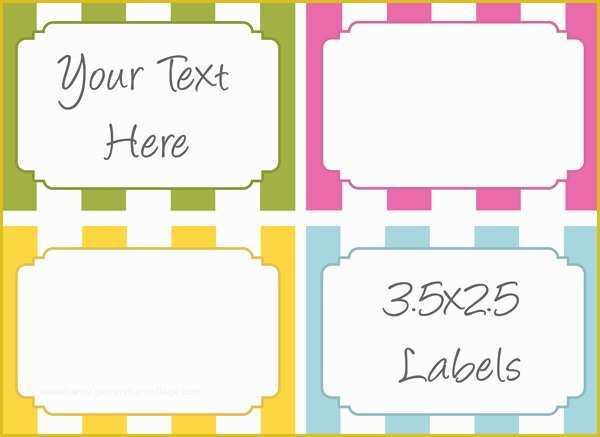Table Of Content

Notice that send() method is using mediator to send the message to the users and it has no idea how it will be handled by the mediator. Suppose Flight 101 wants to land at a particular terminal in the Airport. Then, the Flight Pilot will communicate with the ATC Mediator and say he wants to land Flight 101 at the particular airport terminal.
Mediator Design Pattern in C# with Real-Time Examples
After you apply the Mediator, individual components become unaware of the other components. They could still communicate with each other, albeit indirectly, through a mediator object. To reuse a component in a different app, you need to provide it with a new mediator class. Colleague classes are the components or objects that interact with each other.
Design Patterns - Mediator Pattern
So, what the ATC mediator will do is it will receive the message and route the message to the appropriate destinations. Use the Mediator when you find yourself creating tons of component subclasses just to reuse some basic behavior in various contexts. For instance, selecting the “I have a dog” checkbox may reveal a hidden text field for entering the dog’s name. Another example is the submit button that has to validate values of all fields before saving the data.

More articles by this author
Loose coupling between coworker objects is done by having them communicate with the Mediator rather than with one another. This pattern is extremely effectively demonstrated by the live captioning system. Each of the attendees of the call will set the captions to their language. When A speaks something, the captioning system (mediator) will display the message in the necessary language on the screen of the respective attendee. The couplings between the objects are more, i.e., tight coupling.
Tissue-specific activation of gene expression by the Synergistic Activation Mediator (SAM) CRISPRa system in mice - Nature.com
Tissue-specific activation of gene expression by the Synergistic Activation Mediator (SAM) CRISPRa system in mice.
Posted: Thu, 13 May 2021 07:00:00 GMT [source]
All units, instead of communicating between themselves will communicate with the mediator. The mediator based on the notifications received from some units can send request to one or more other units to perform actions as requirements demand. According to the Mediator pattern, you should halt all direct communication between the components you wish to separate. These components must work indirectly, by calling a special mediator object that redirects calls to the appropriate components.
You can go further and make the dependency even looser by extracting the common interface for all types of dialogs. The interface would declare the notification method which all form elements can use to notify the dialog about events happening to those elements. Thus, our submit button should now be able to work with any dialog that implements that interface. In the test method of the CommanderImplTest class above, we created an object of type Commander and then objects, one each of SoldierUnit and TankUnit (Colleague objects). While creating the Colleague objects, we passed the Commander object as constructor argument. At runtime, both the SoldierUnit and TankUnit objects will have reference to the mediator (Commander).
The pilots of the planes approaching or departingthe terminal area communicate with the tower rather than explicitlycommunicating with one another. The constraints on who can take off orland are enforced by the tower. It is important to note that the towerdoes not control the whole flight. The observer and mediator design patterns that solve the same problem. The fundamental distinction between them is the issue they address. The distinction is that an Observer object spreads communication by inserting "observer" and "subject" objects, but a Mediator object contains communication between other objects.
Mediator Pattern vs. Adapter Pattern
The Receive method receives a message from a particular Facebook group. Using the Mediator Design Pattern, we can reduce the coupling between objects. To understand this, please have a look at the following diagram.

The implementation
Then, the ATC Mediator will check whether any flight is at that particular terminal. Then, the ATC mediator sends a message to the Flight 101 pilot, saying you can land your flight at the particular airport terminal. Once the Flight 101 pilot gets the ATC Mediator’s confirmation message, he will land the flight at that terminal. On Facebook, we can create some specific groups; in those groups, people can join and share their knowledge. On Facebook, there is a group called Dot Net Tutorials, and in that group, many people (such as Ram, Sam, Pam, Dave, Steve, Anurag, etc.) are joined. Then, what this Facebook Group (Dot Net Tutorials) will do is it will send that message to all the members who have joined this group.
Then, we called called the startAttack() method passing the SoldierUnit and TankUnit objects one after the other. It is only when the test method calls the ceaseAttck() method on Commander passing the currently attacking SoldierUnit object, the TankUnit should be able to attack. We verified this by calling the startAttack() method of Commander passing the TankUnit object. Going ahead with our example on armed units, let’s apply the Mediator pattern to it.
Concrete Colleague uses its mediator to speak with other colleagues and implements the colleague interface. Likewise, A is only able to communicate in English and cannot understand the language spoken by others. We are accustomed to seeing programs comprising a huge number of classes. However, when additional classes are introduced to a program, the communication problem between these classes may get more difficult. As a result, maintenance has become a major issue that must be addressed in some way. So, here, the ATC mediator will act as a central point, and all flights should communicate with the ATC mediator.
The Mediator pattern allows us to centralize coordination activities that do not belong in the individual modules. Unlike the Facade pattern, Colleagues are aware of the existence of the Mediator and communicate with the mediator instead of directly with each other. The Mediator itself communicates with Colleagues to fulfill requests. Note that this interface contains the declaration of two methods, AddParticipant and BroadcastMessage. This real-world code demonstrates the Mediator pattern facilitating loosely coupled communication between different Participants registering with a Chatroom.
Every time the user hits a root endpoint '/', the two middleware callbacks will be invoked. We can track and modify the request object all the way to the response through one or multiple middleware functions. Say we want add a header to the request if the user hits the root '/'. We can add callbacks to certain routes that the user can access.
For simplicity our PathStrategy concrete classes will return a String, but you should implement your algorithm inside that function. Also, because they don’t need any additional dependencies, they can be written as objects that hold the algorithm function. Instead of implementing algorithms directly in place of use, create a separate class for each algorithm and treat them like a family. Depending on the conditions, you’ll want to swap the algorithm you used. Use a mediator when the complexity of object communication begins to hinder object reusability. This type of complexity often appears in view instances, though it could really be anywhere.














